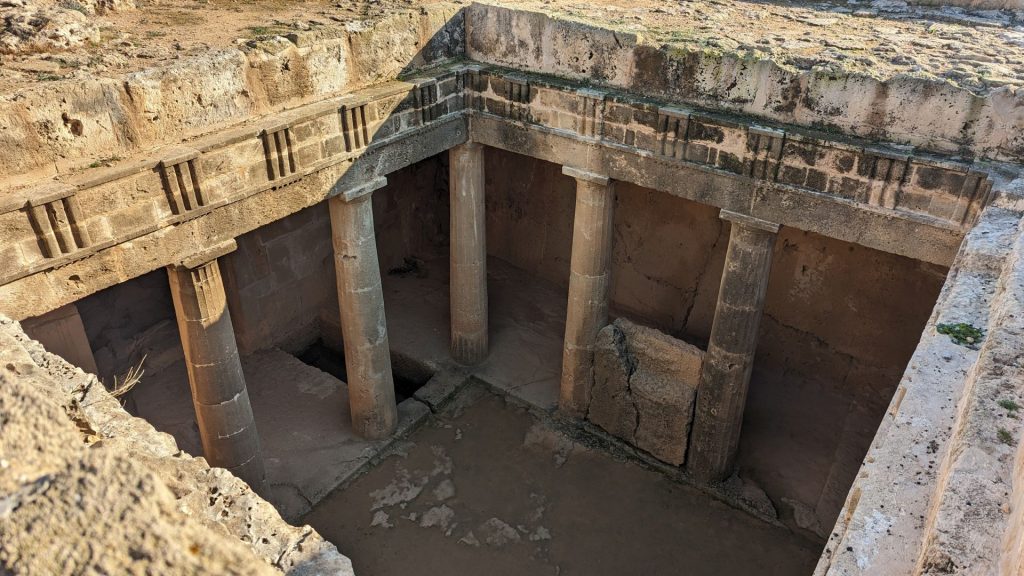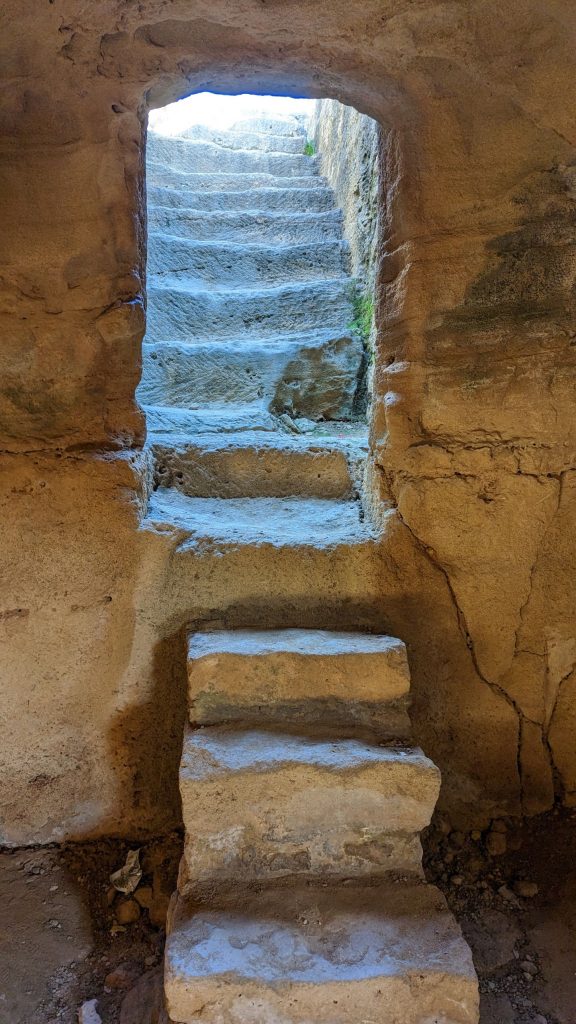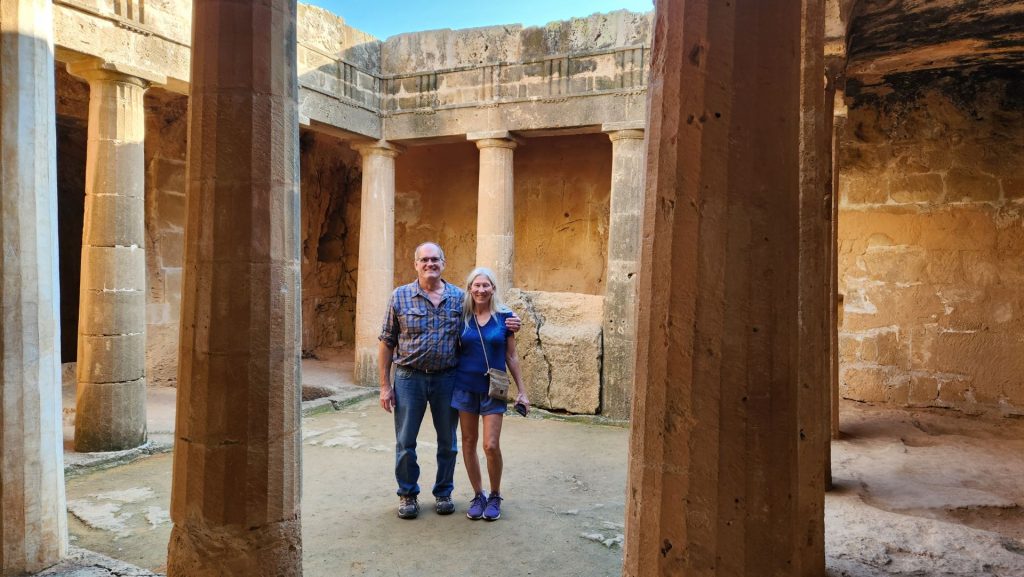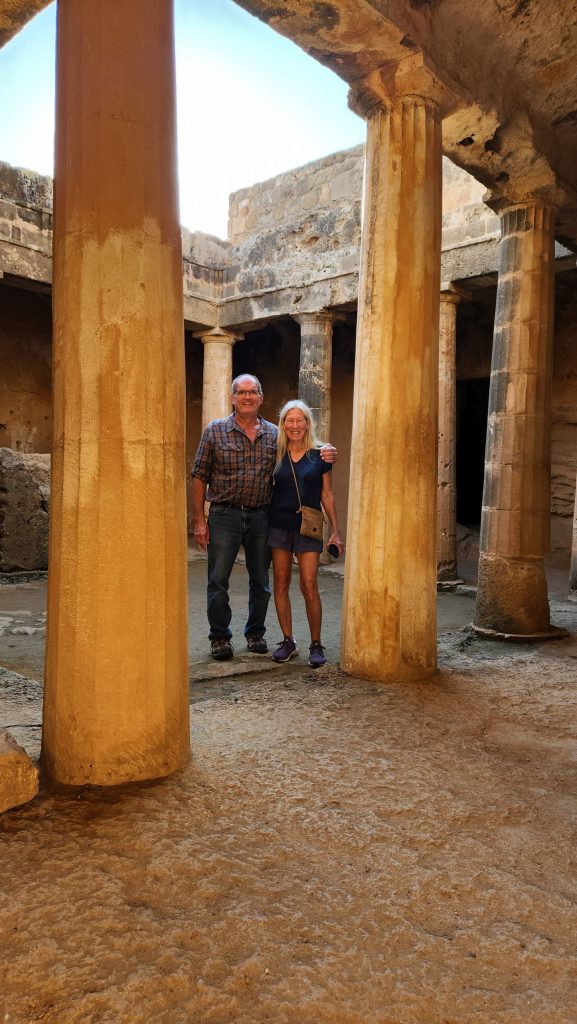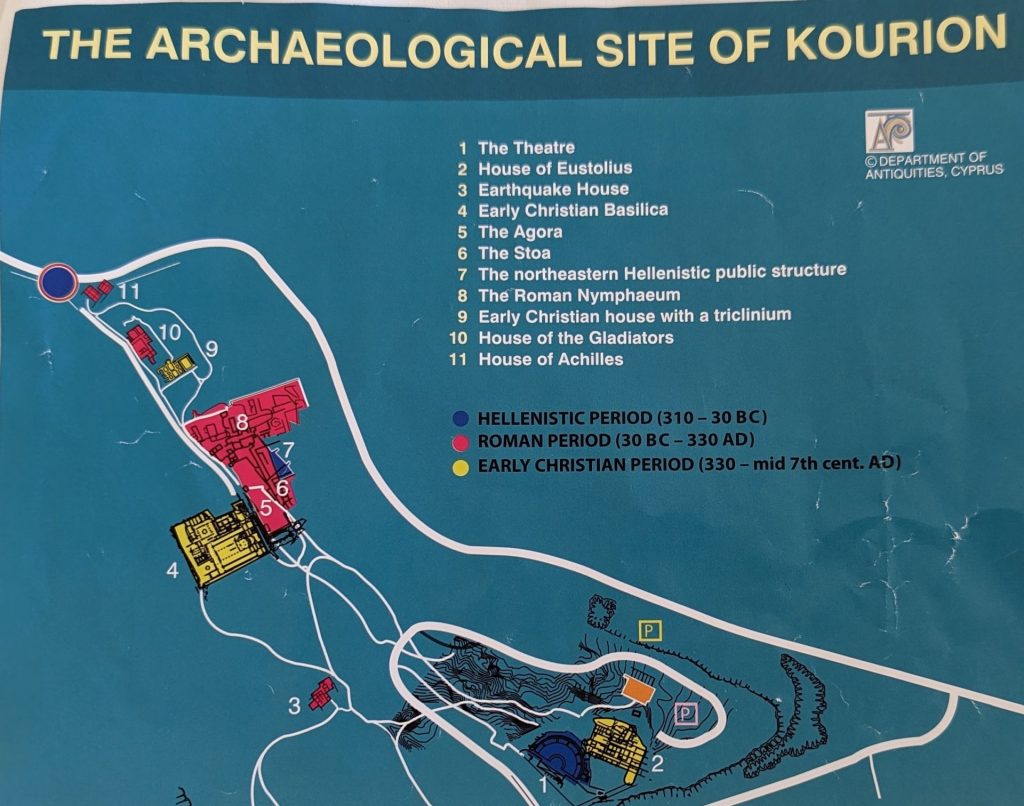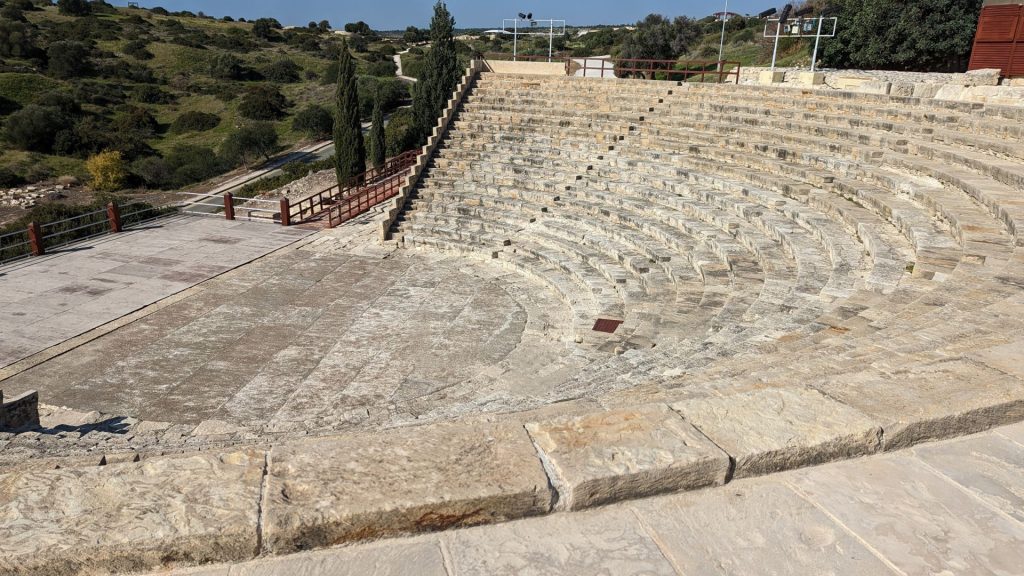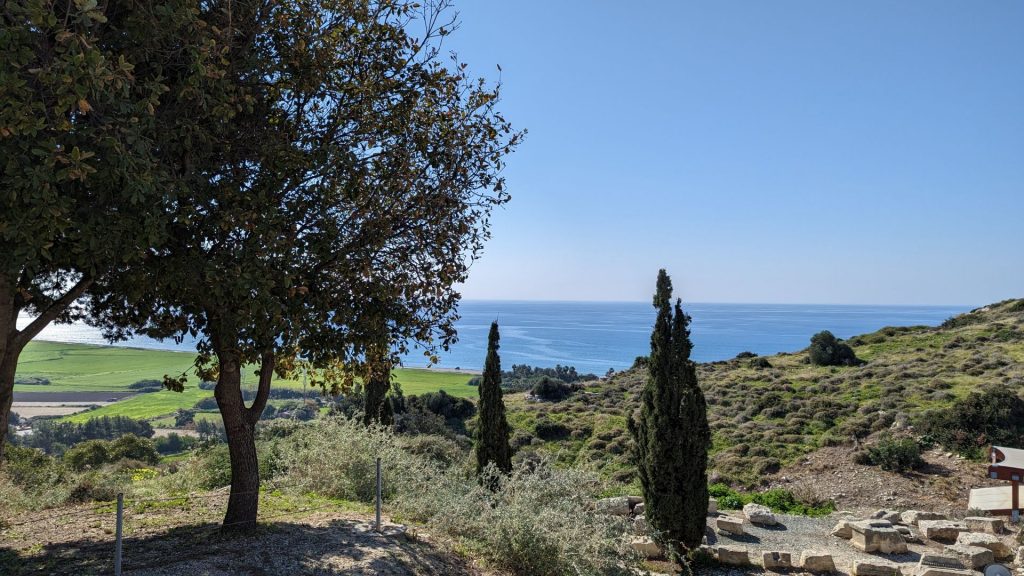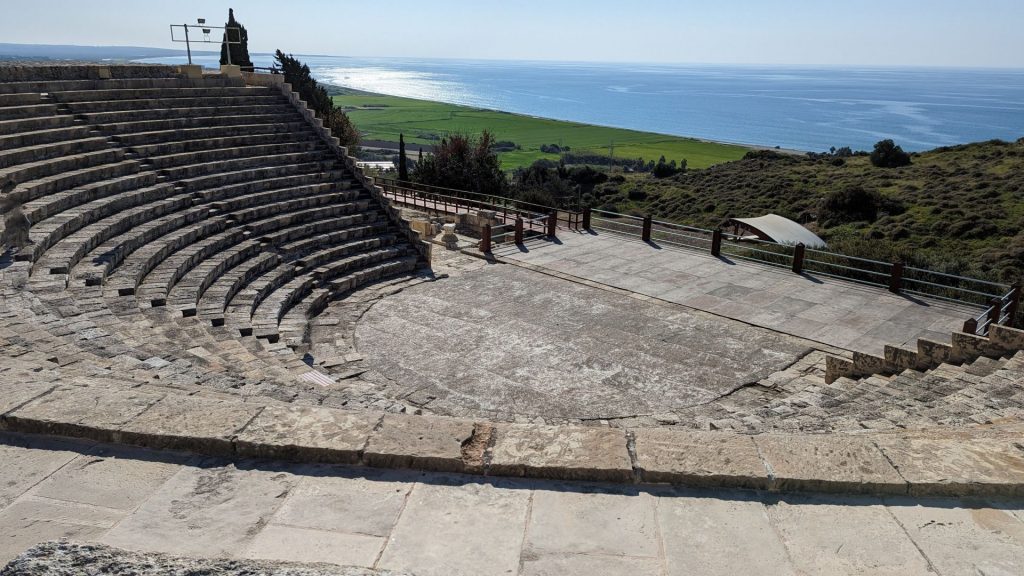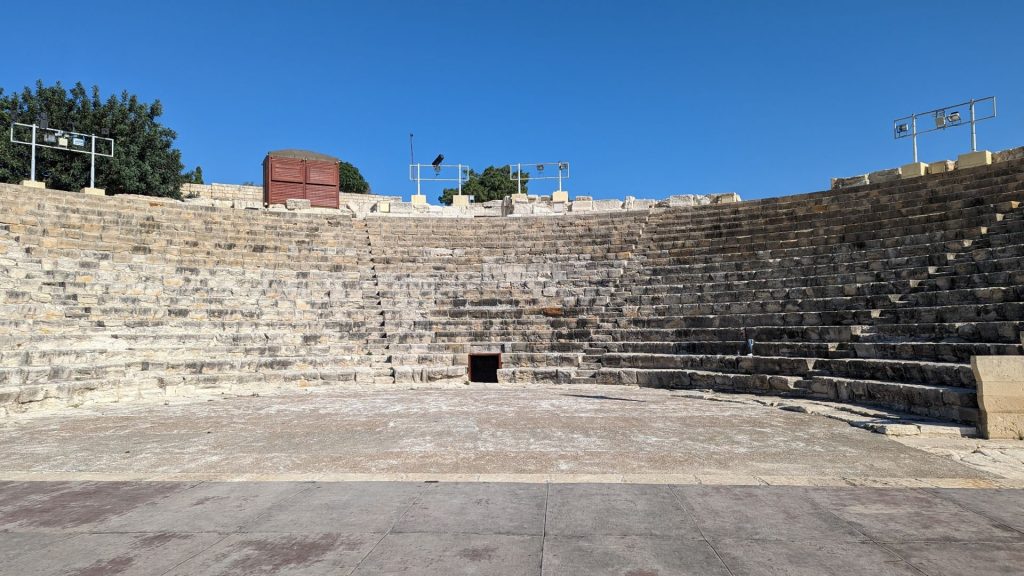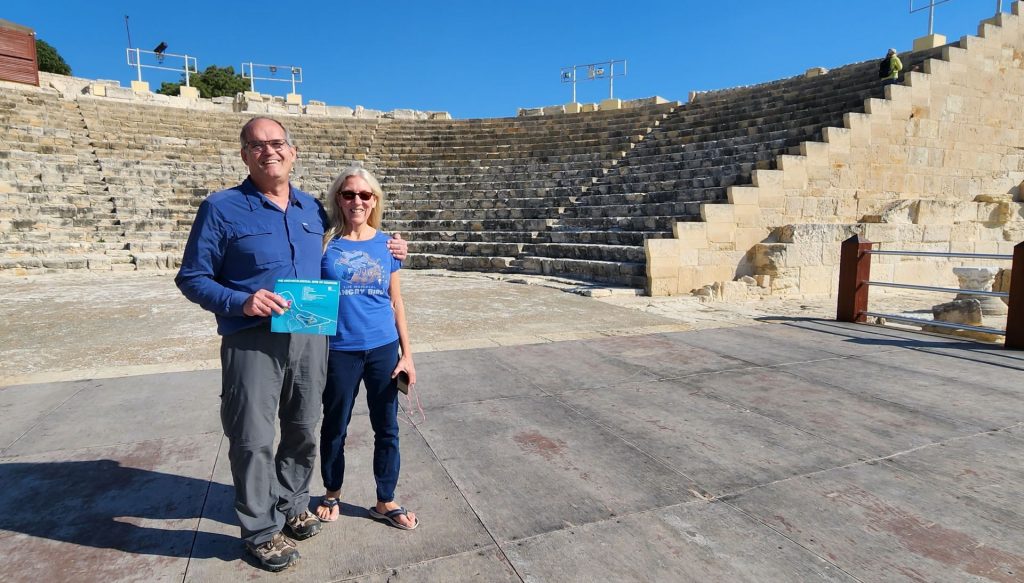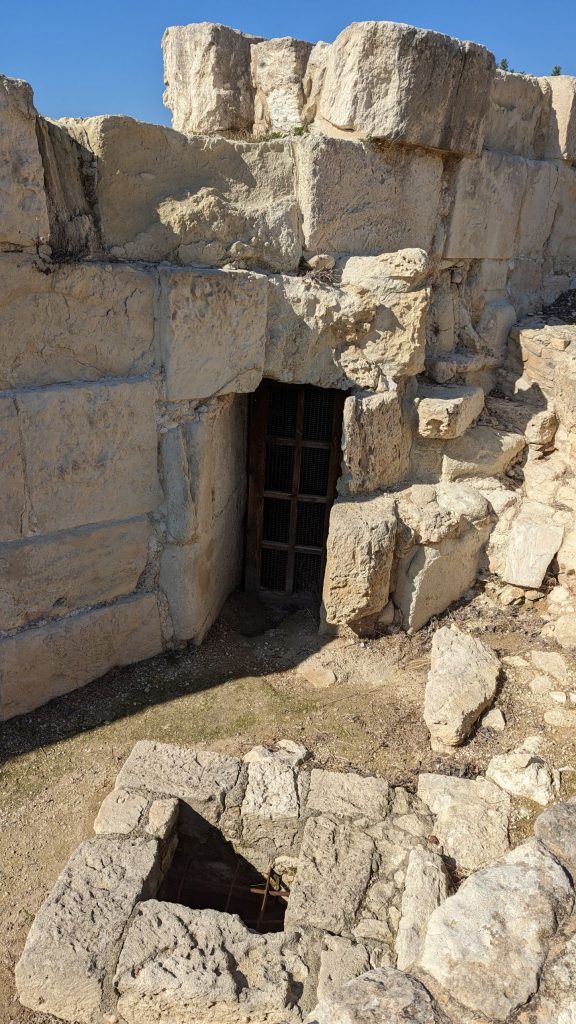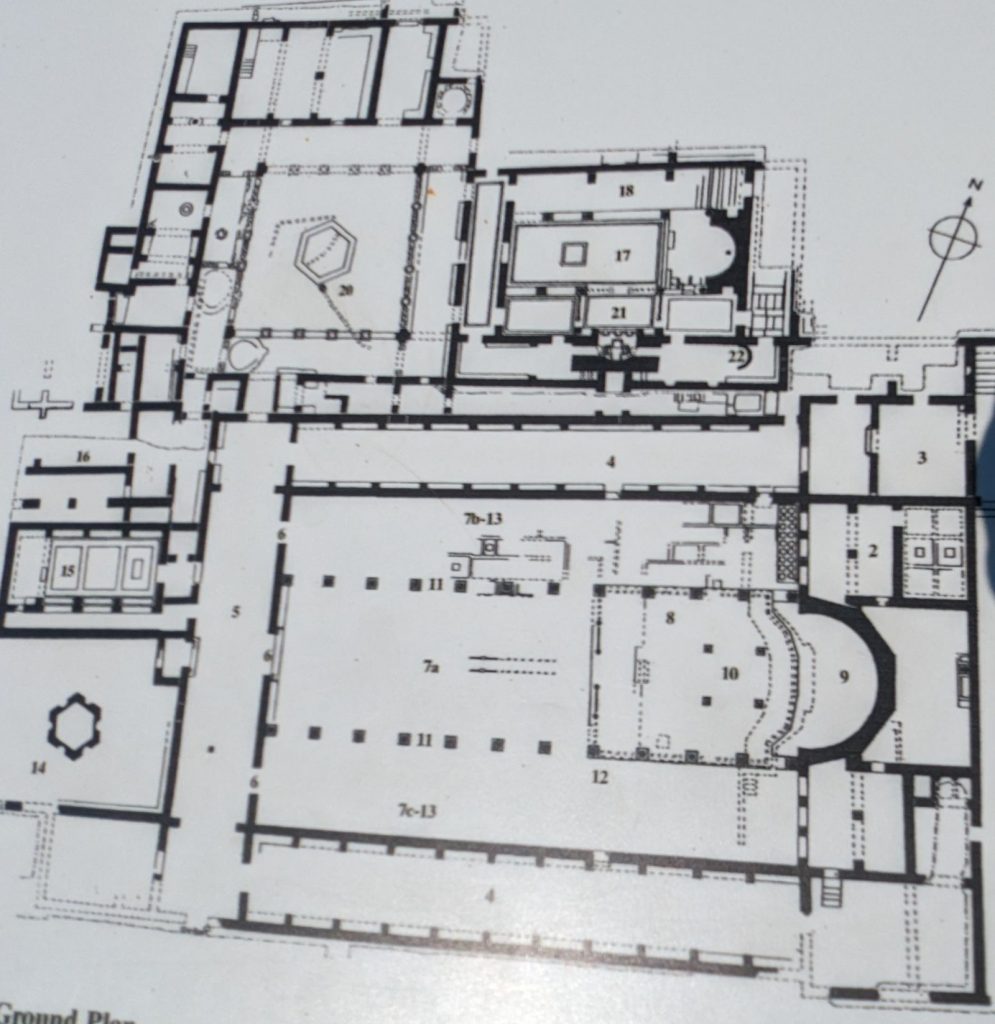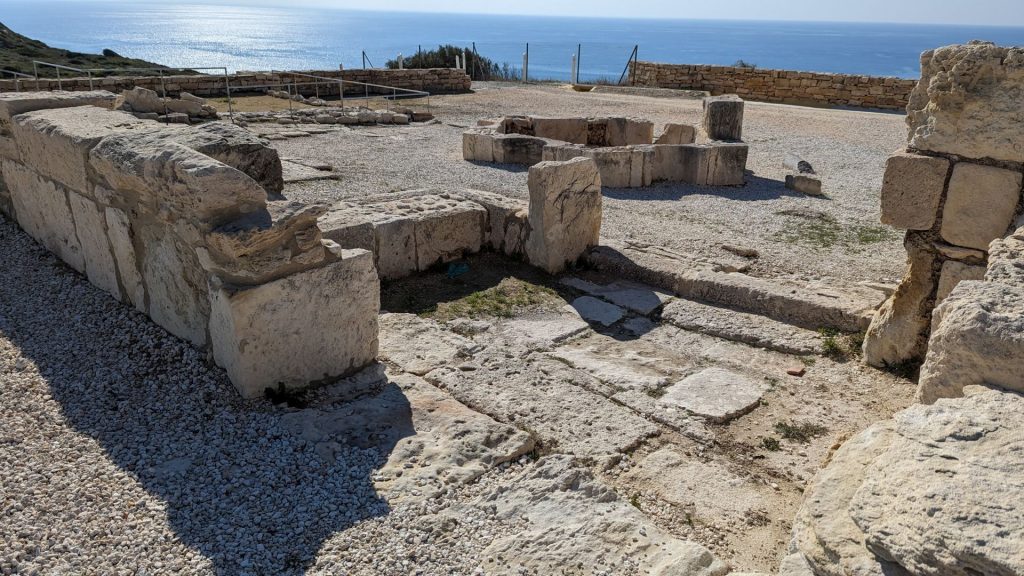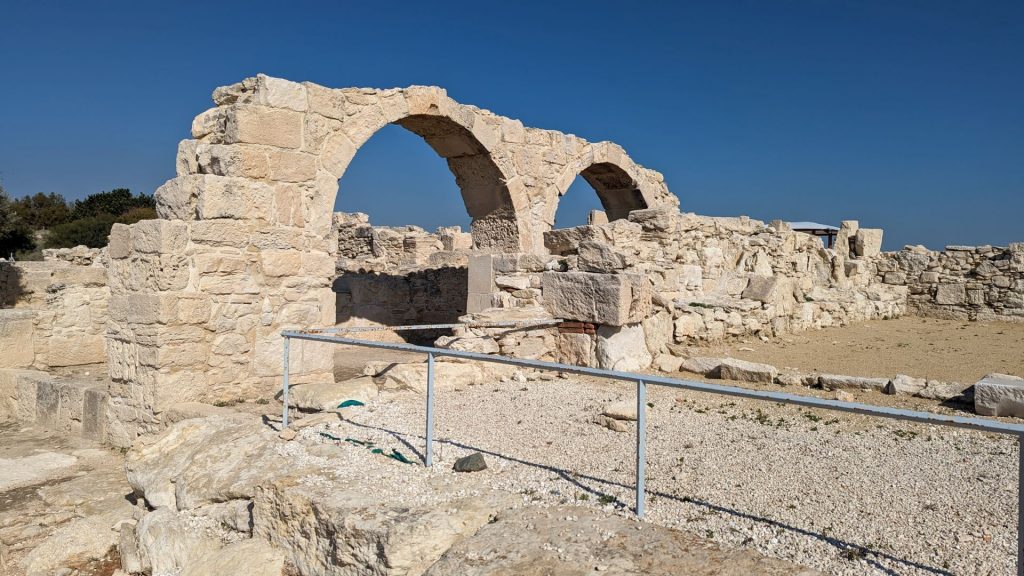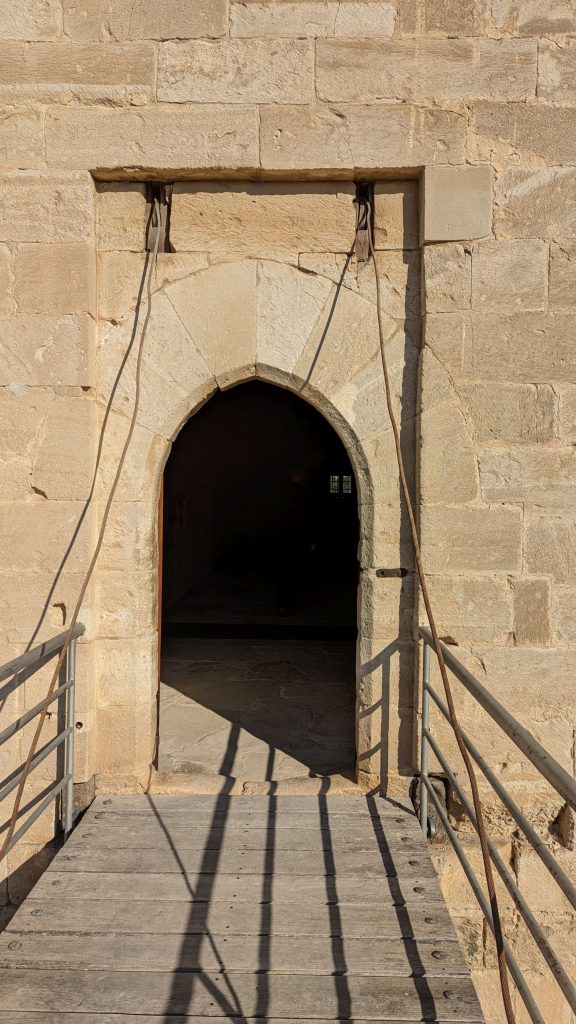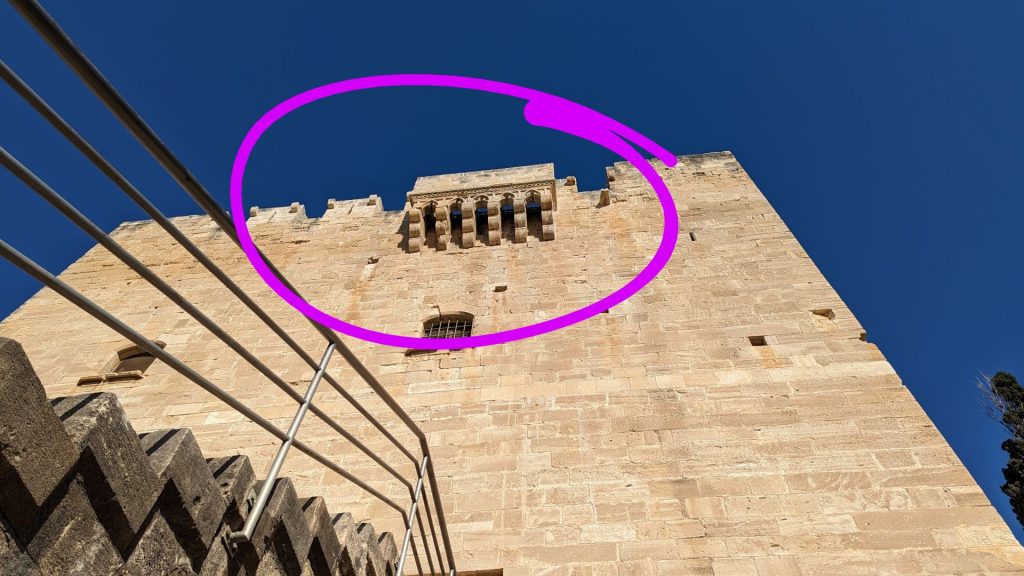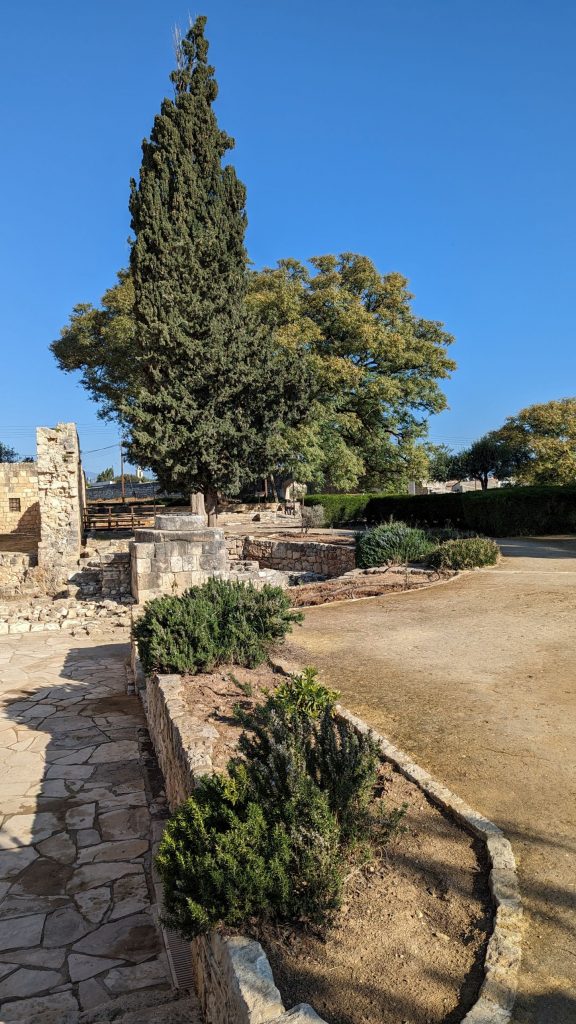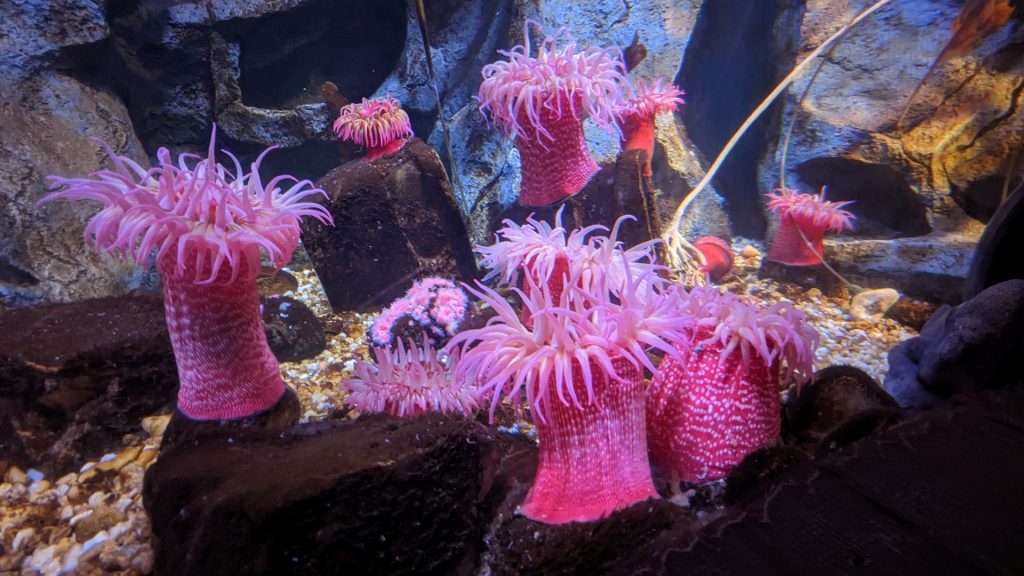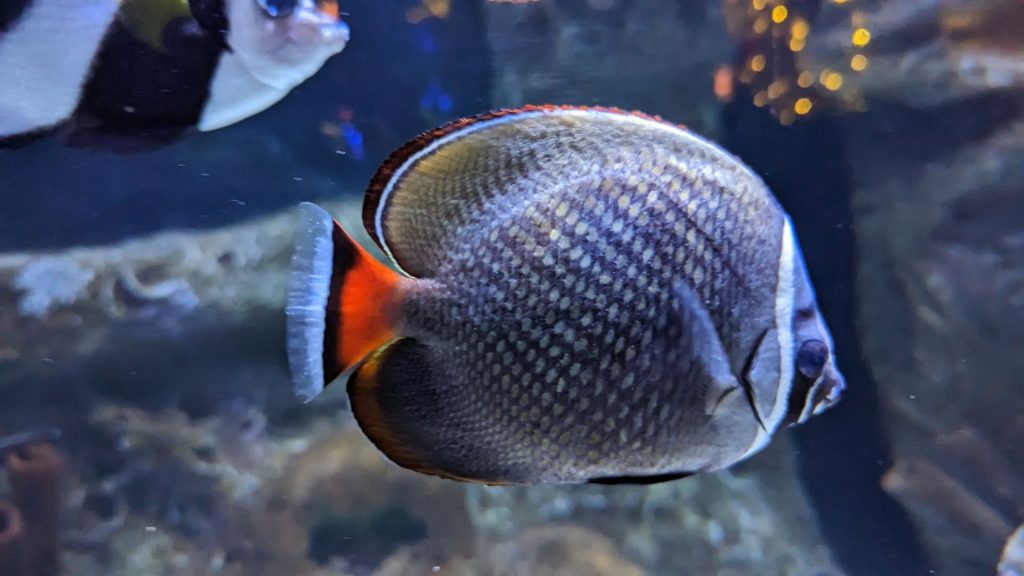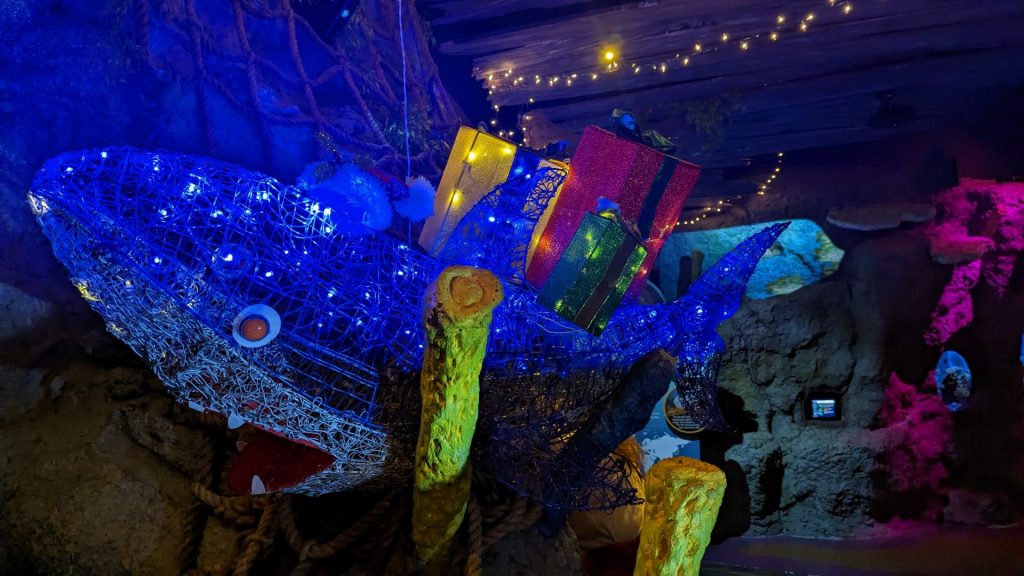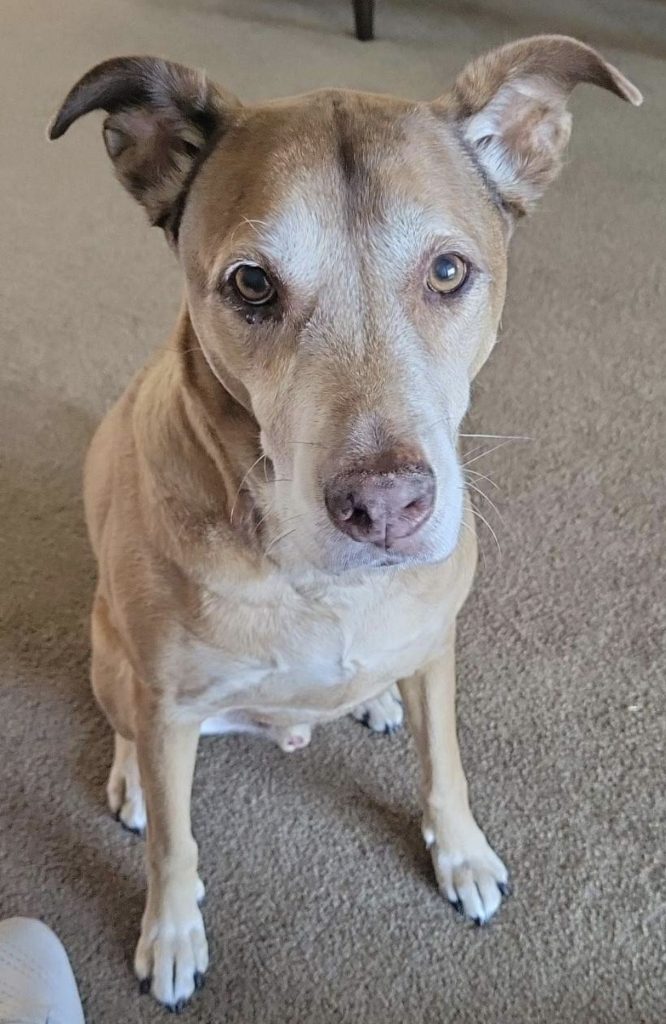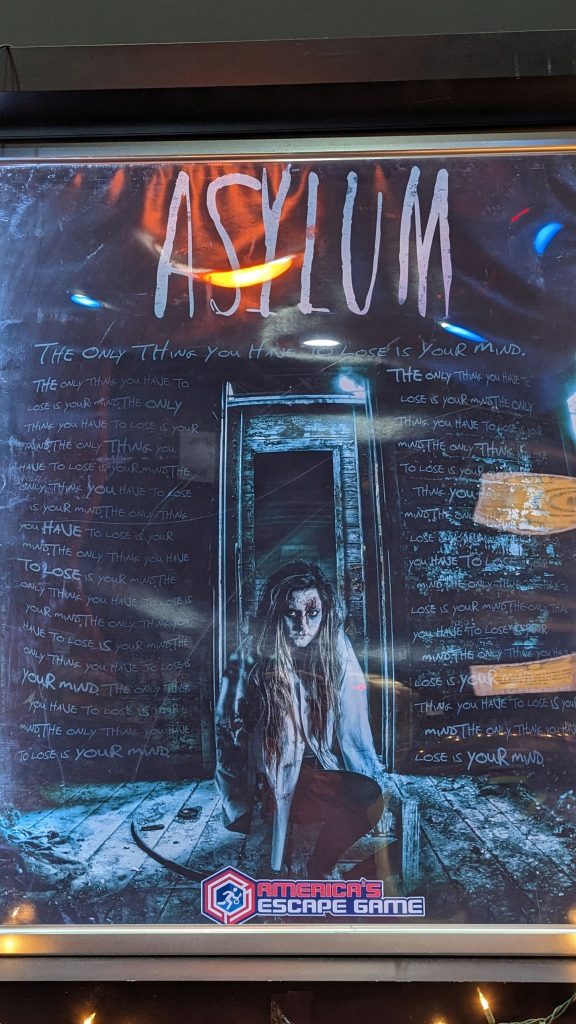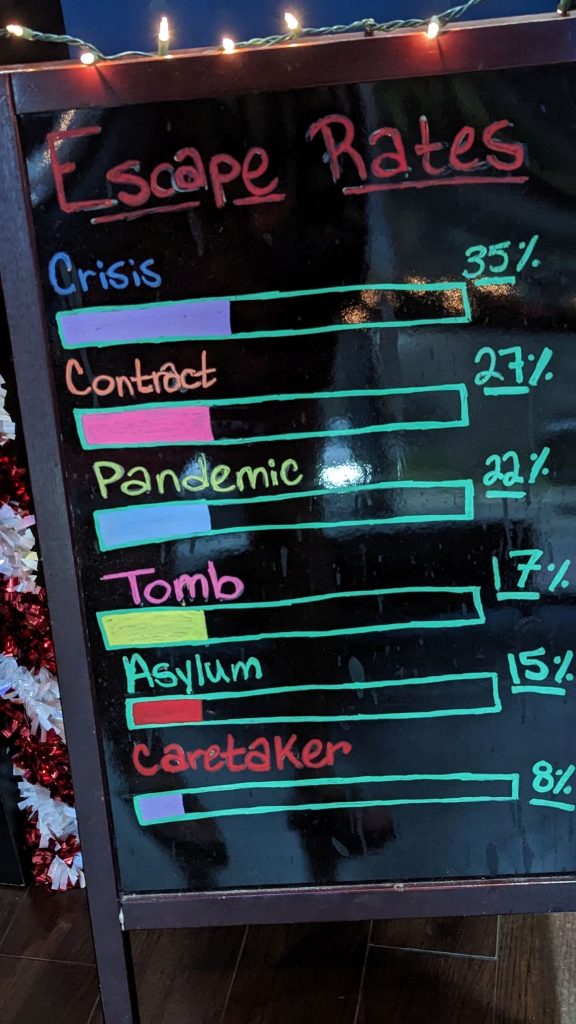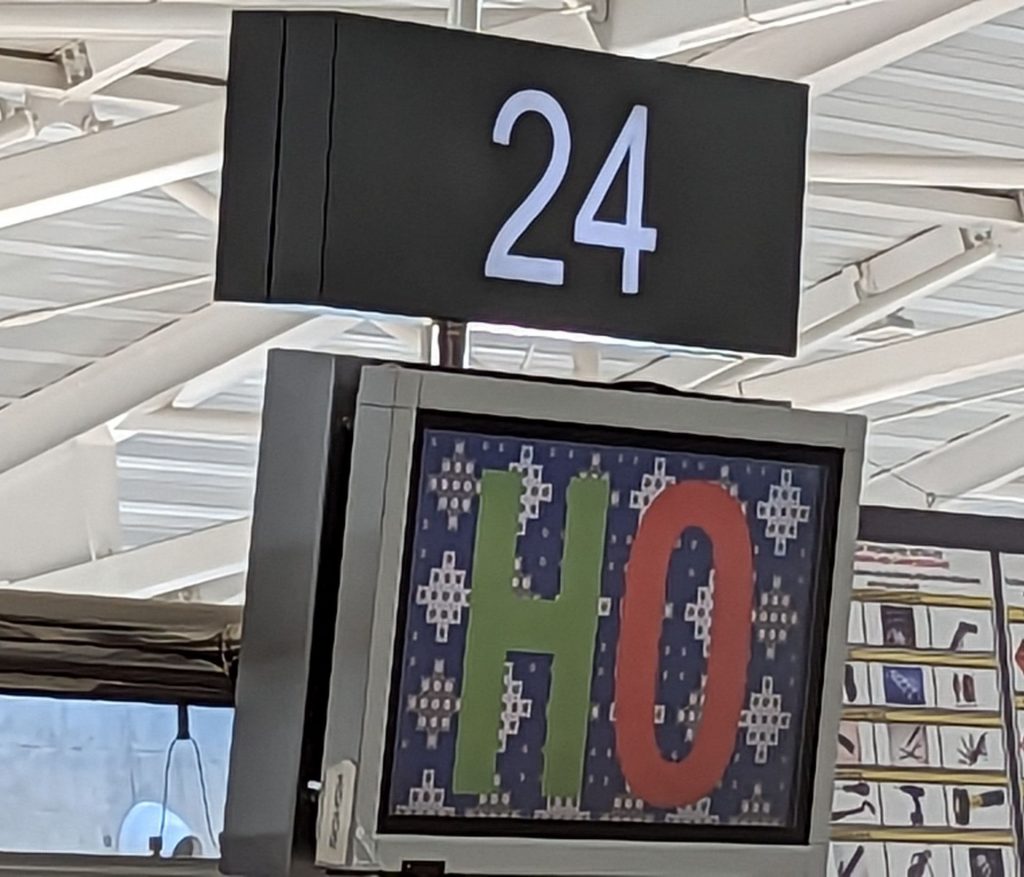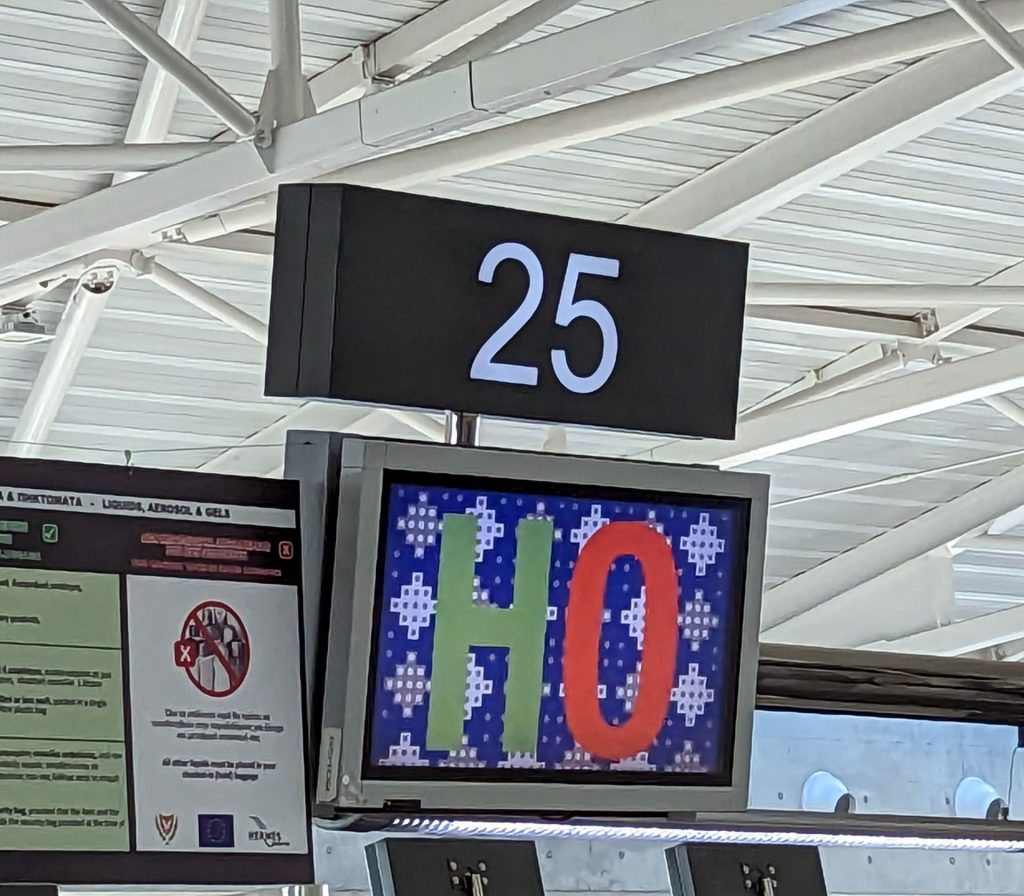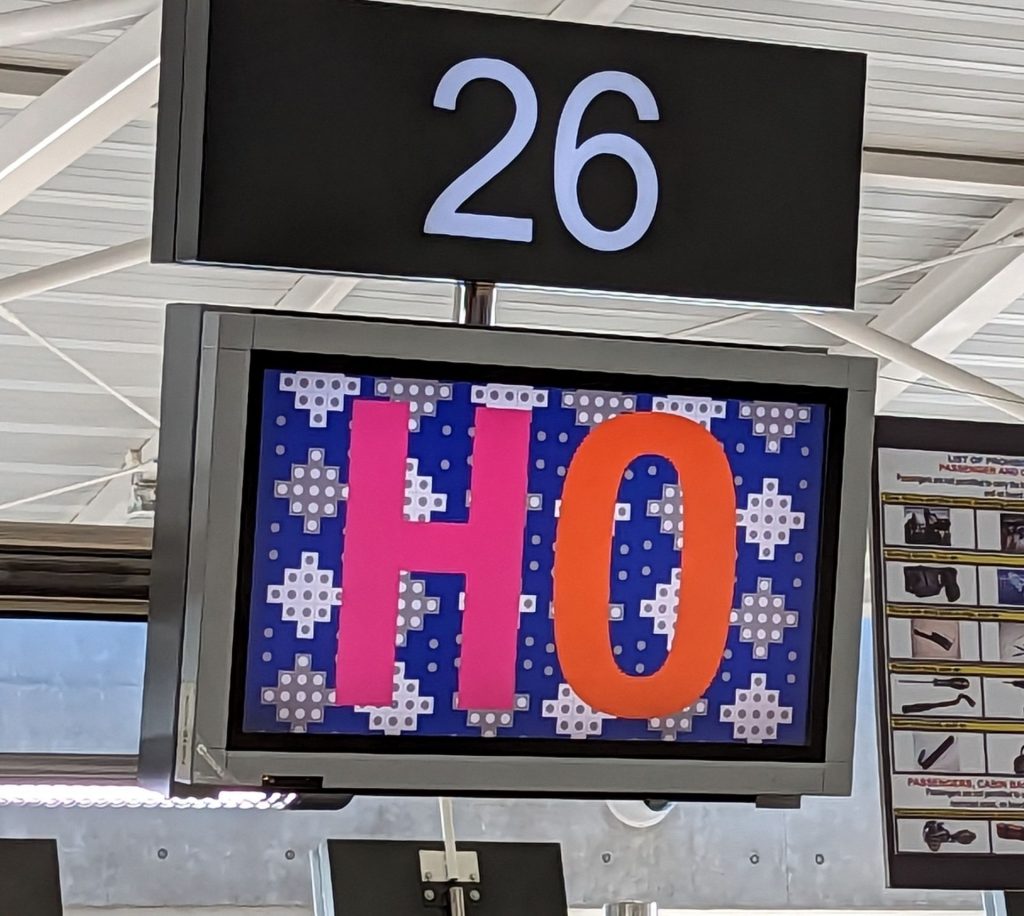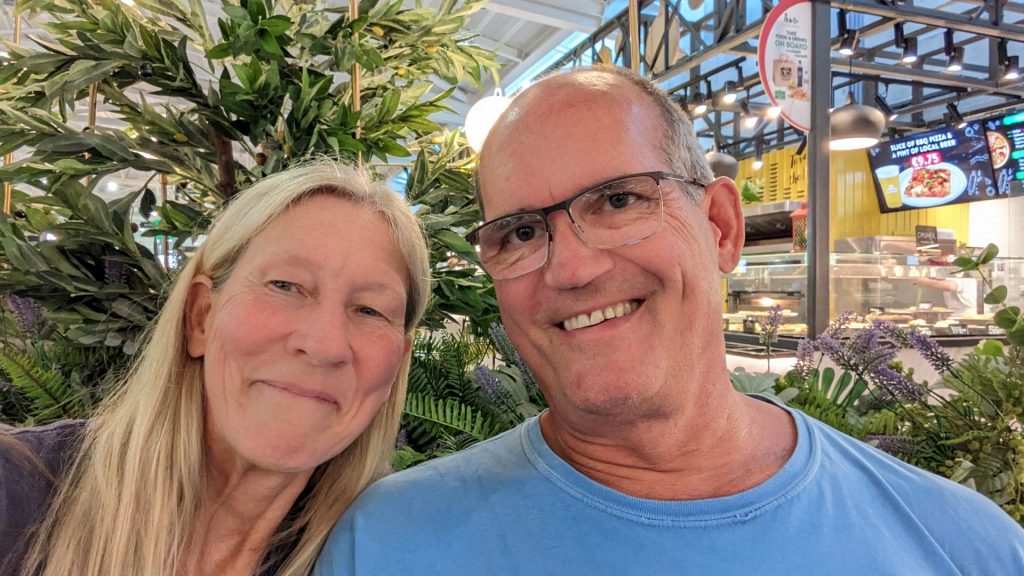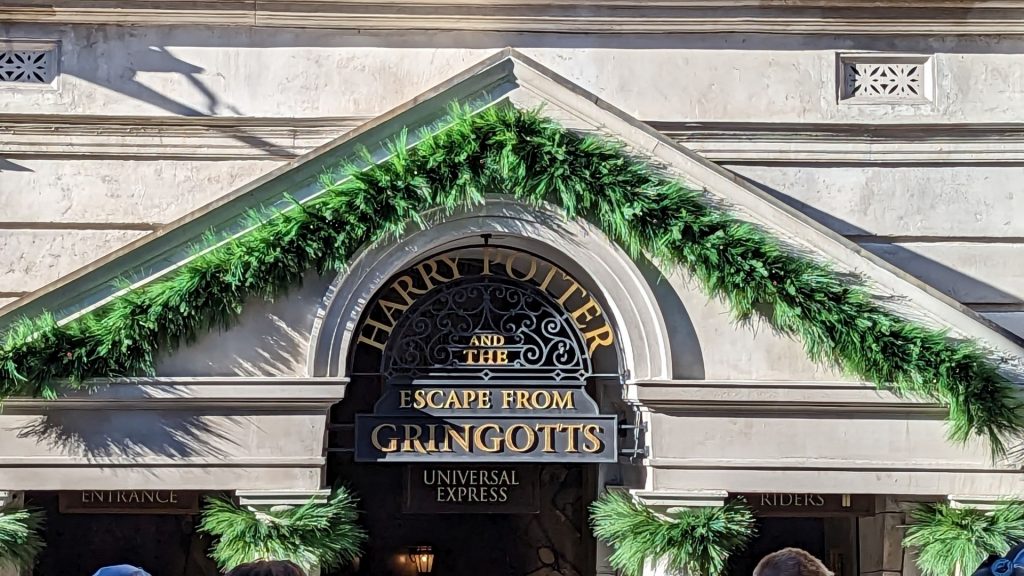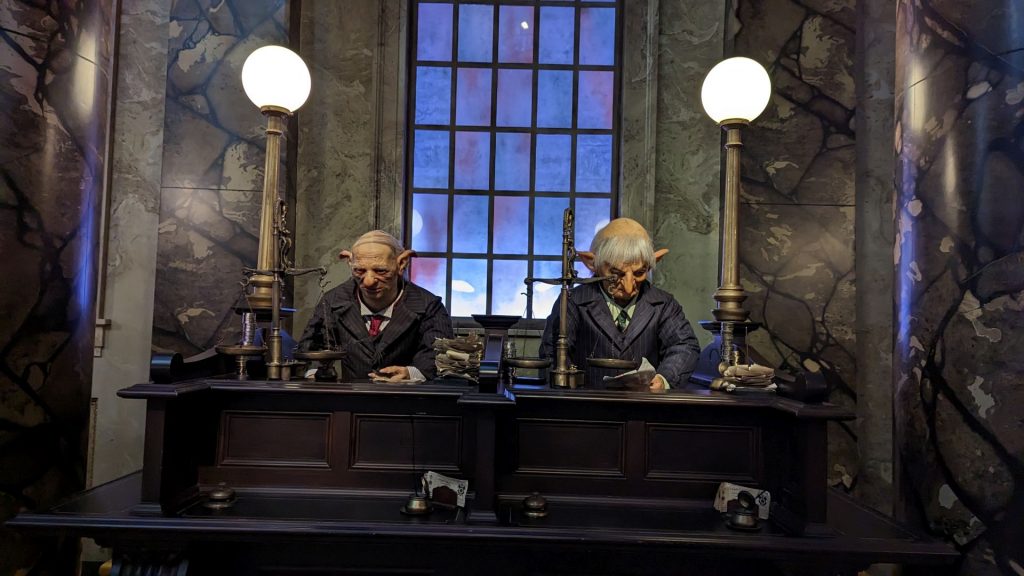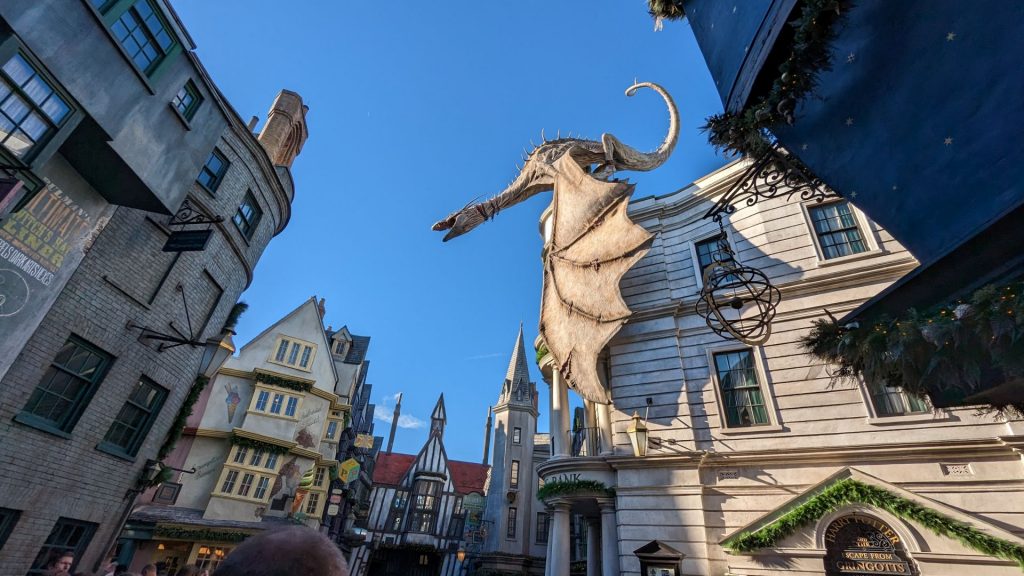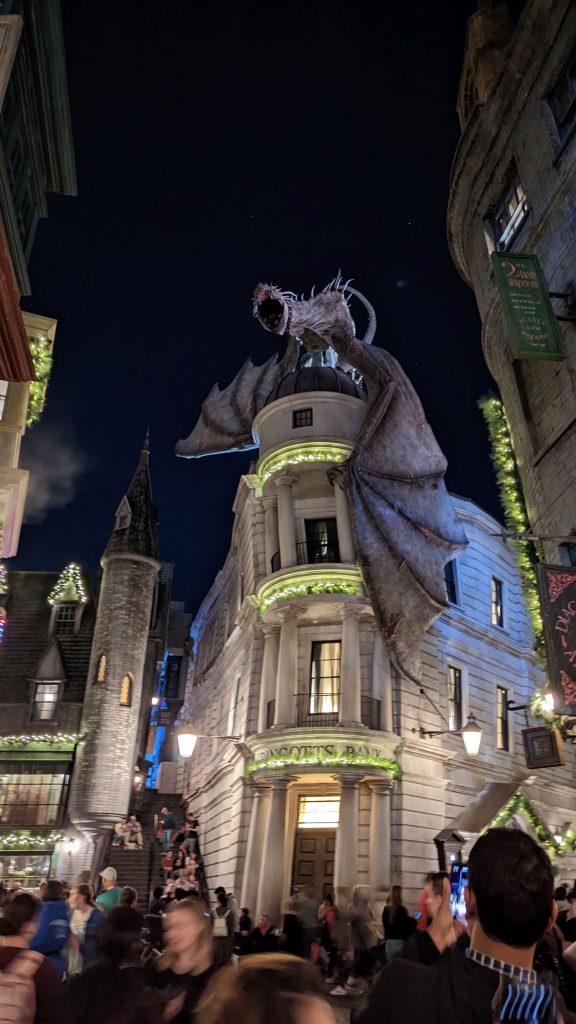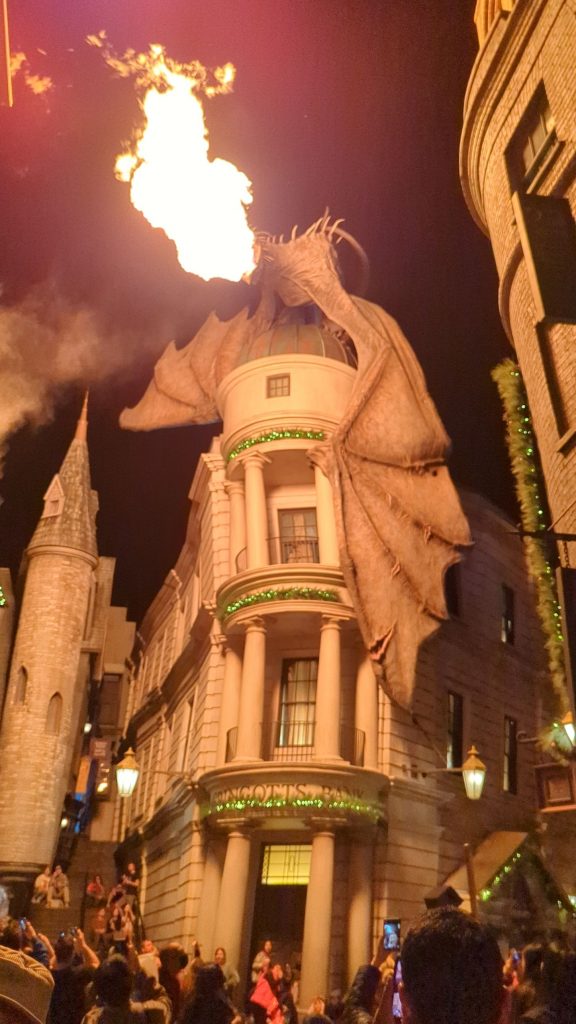The Tombs of the Kings
Let’s start by acknowledging that “Tombs of the Kings” is a misnomer. There were no actual kings buried here (with a possible exception in Tomb 8, see below). The name derives from their monumental aspect and the magnificence of their architecture. The tombs are burial monuments entirely hewn out of the rock and are included in the most important works of ancient times that have been saved. They are among the few monuments of Hellenistic architecture that can be seen in Pafos. It is thought that the part of the necropolis that holds the eight tombs (the northern part) was used for burials of rich people and perhaps for burials of the Ptolemaic state’s dignitaries that served in Pafos.
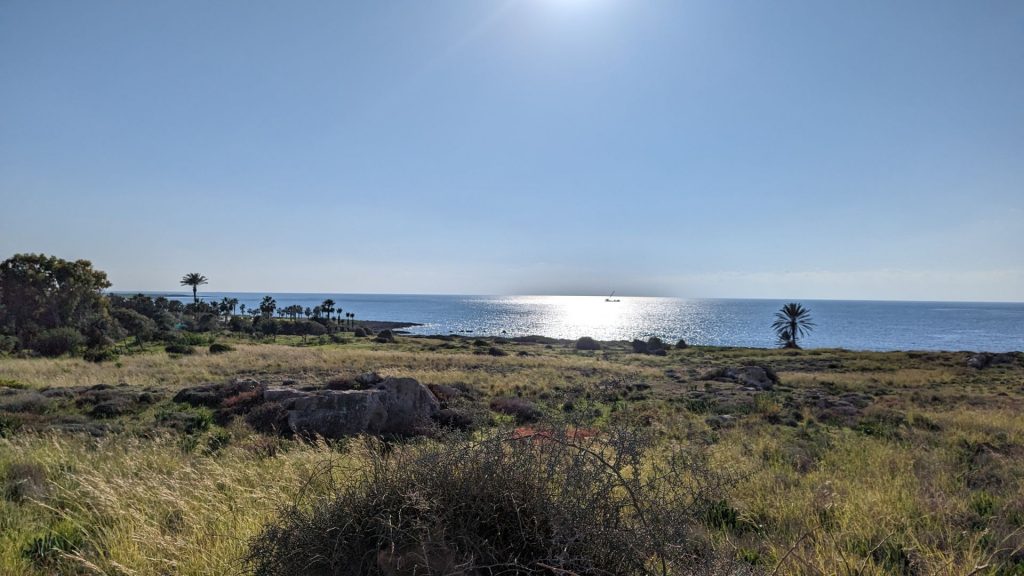
The most ancient tombs were created at the end of the 4th century B.C. The most imposing were made towards the 3rd century B.C., when the richer families developed. Then the region filled with tombs and the remainder of the burials were spread everywhere. This site continued to be used as a cemetery but for the poorer who were reusing the site.
Before we visit the tombs, here is a brief description of the burial customs in ancient Greece that were observed in this cemetery of the Hellenistic period. First, the relatives of the deceased covered the body with oil, then a linen cloth. The deceased was publicly exposed, at which time lamentations started and relatives visited the dead for the last time. Following that, a silent procession through the streets of the city took place, ending at the cemetery for the burial. The burial was followed by perideipno, a dinner to honor the dead, during which the relatives ate at the tomb. Excavators have found offerings such as the amphorae (a tall ancient Greek or Roman jar with two handles and a narrow neck) in the tomb. The amphorae were probably used for libations of wine and olive oil, as offerings to the dead. Gold jewels have also been found. It was believed that the dead would return and claim them.
All in all, this sounds quite familiar, except that we don’t eat the meal after the burial at the tomb – we typically go to a church basement – and we don’t believe the dead will return to claim goods left for them. But we all develop rituals to remember and honor our loved ones who have died and we find comfort and closure in those rituals shared with those who loved the deceased. They are *so* important. Anyone who has attended a funeral knows this.
None of these tombs contains a sarcophagus. It is believed that the dead were transported to this cemetery either in wooden coffins or on a deathbed.
Tomb 1 is half above ground and half underground. There are two small niches for children and five for adults inside. It has the remains of colorful plaster which once covered the entire surface of the tomb. It was used to protect the stone and also to decorate the interior to make it appear richer. This is found in other tombs as well.
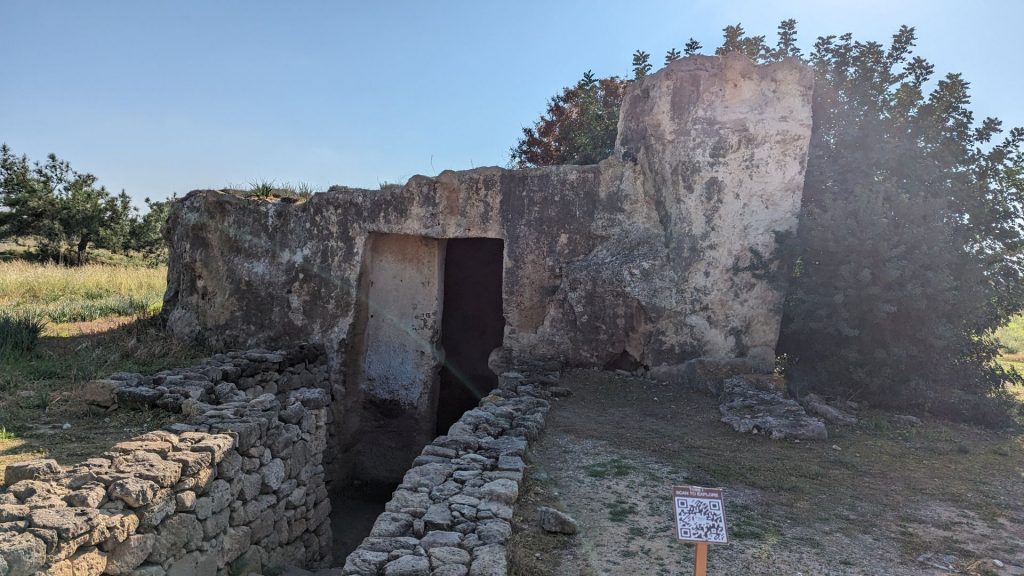
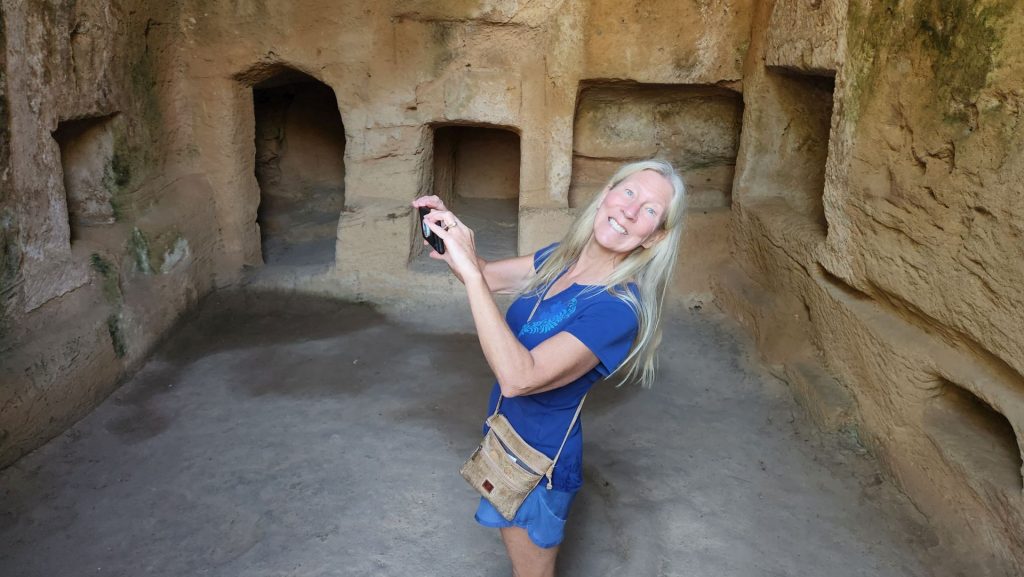
Tomb 2 is accessed via a stepped dromos. Dromos is the term for the stone staircase that leads into the interior of the tomb. They come in various shapes and sizes, but nearly every tomb has them (some have more than one) and I thought they were all in pretty good shape. Tomb 2 contains both niches and shaft tombs.
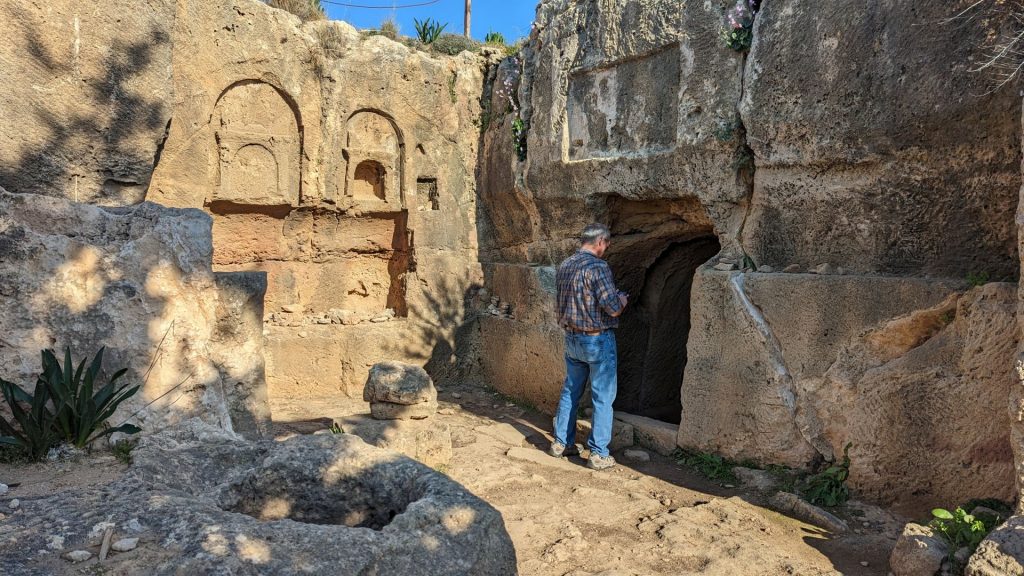
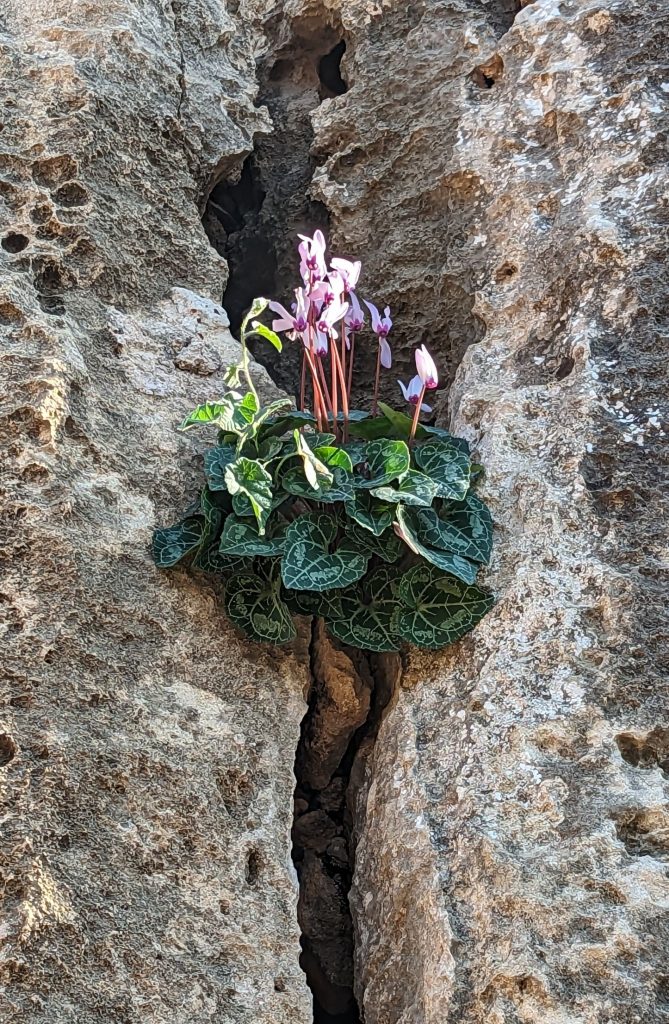
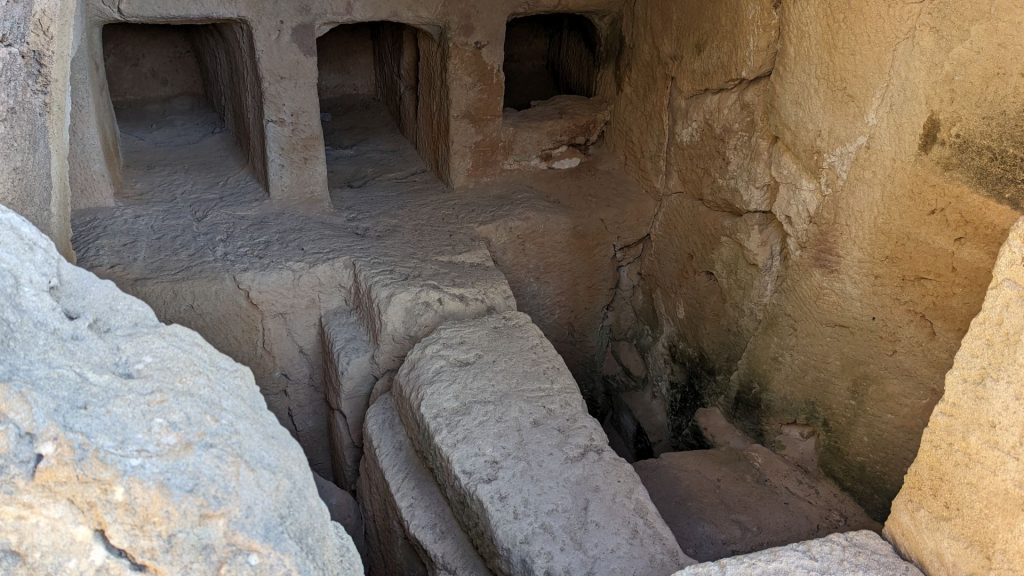
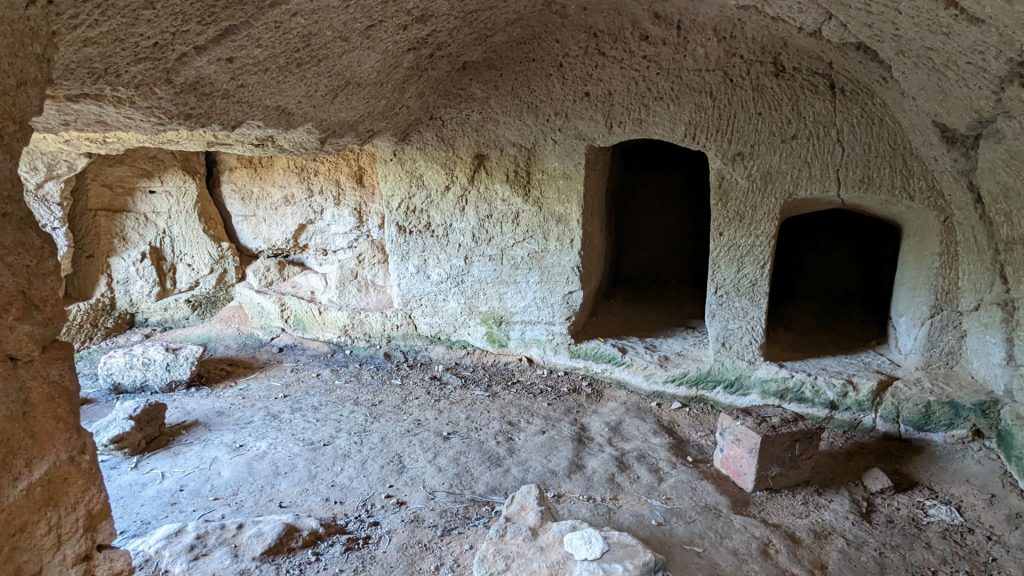
Tomb 3 is of Dorian style. The Doric order originated in the Doric region of Greece and is the earliest and simplest order, though it might have complex details in the entablature above. As you can see, the columns (which have been restored) are baseless and the capitals (the topmost part) of the columns are frugal. Above the columns are triglyphs and metopes (the latter is the flat surface between the triglyphs).
